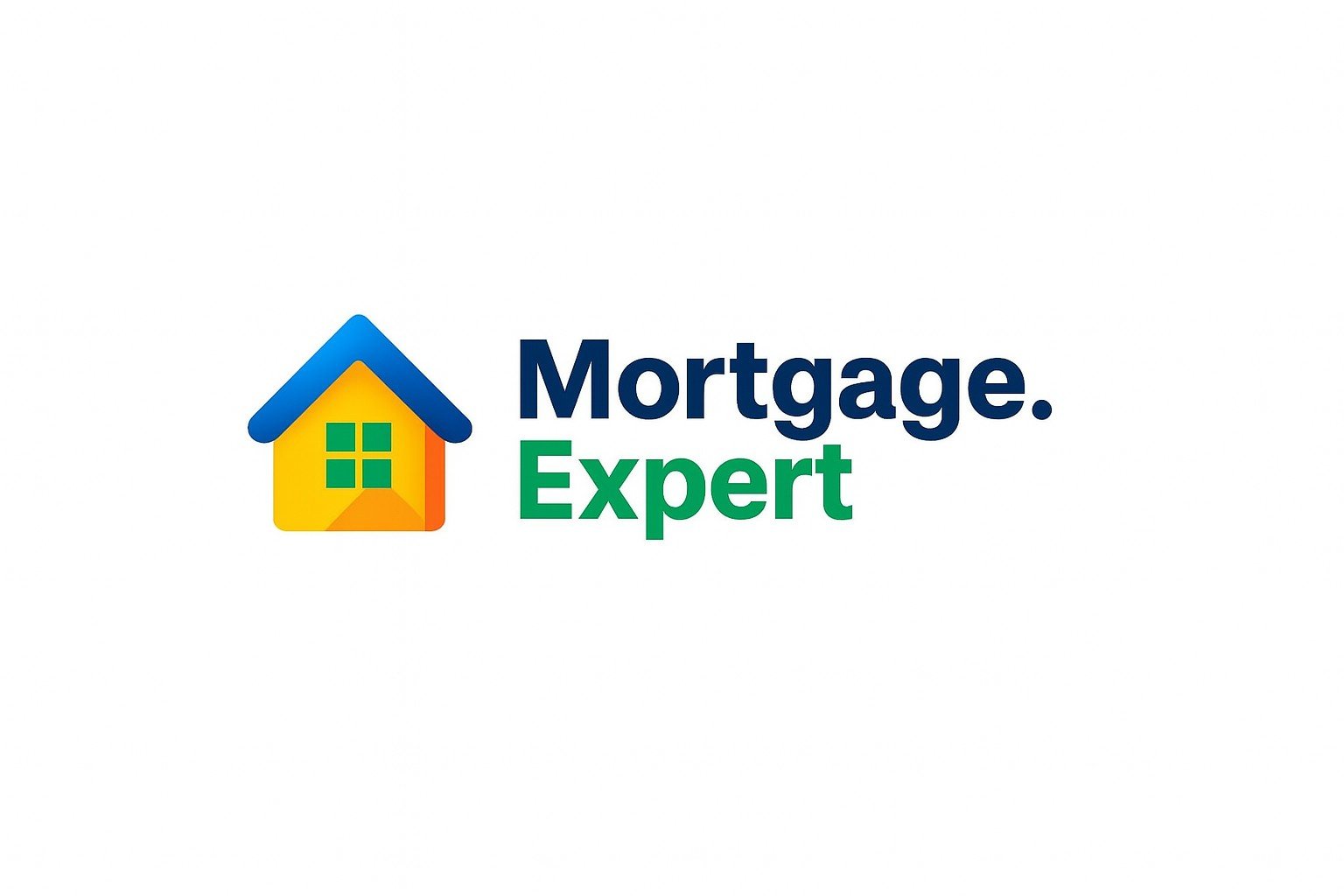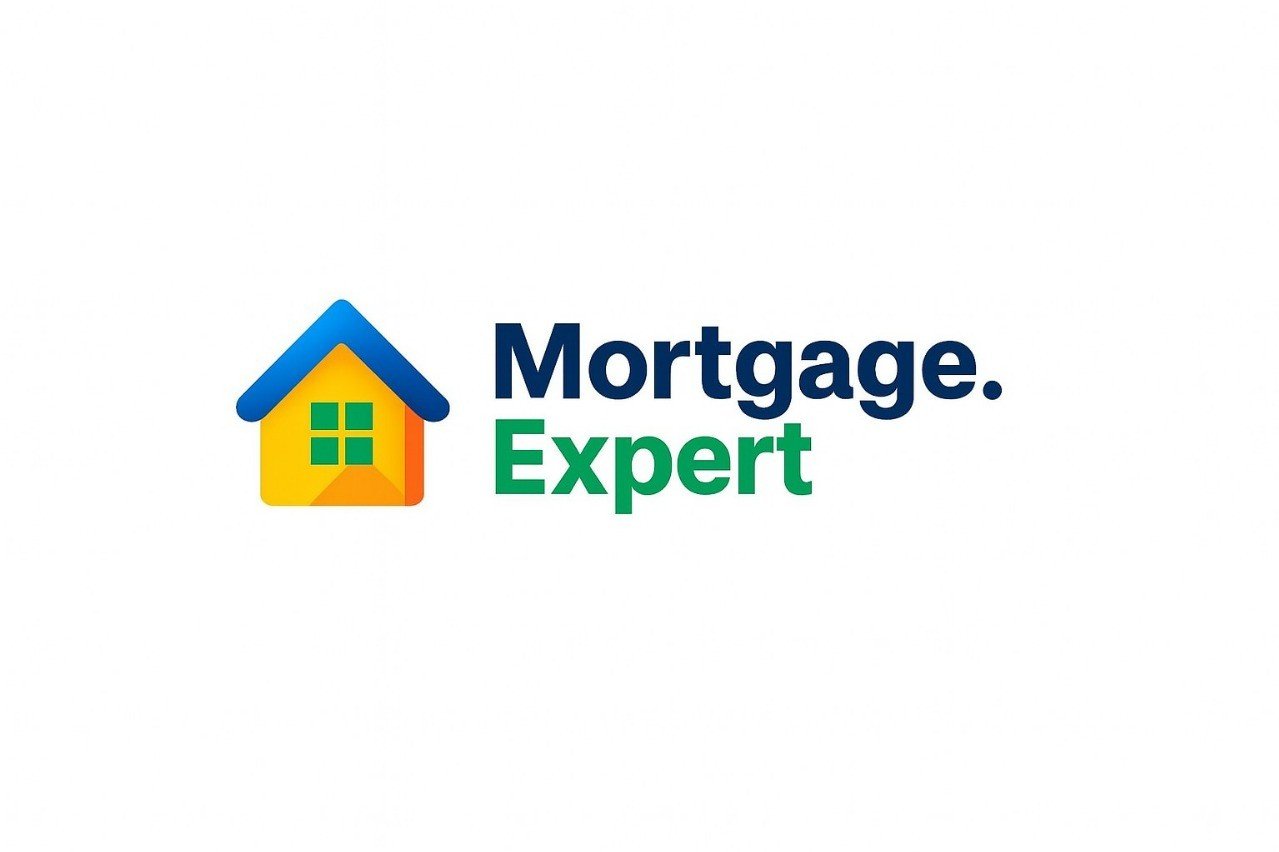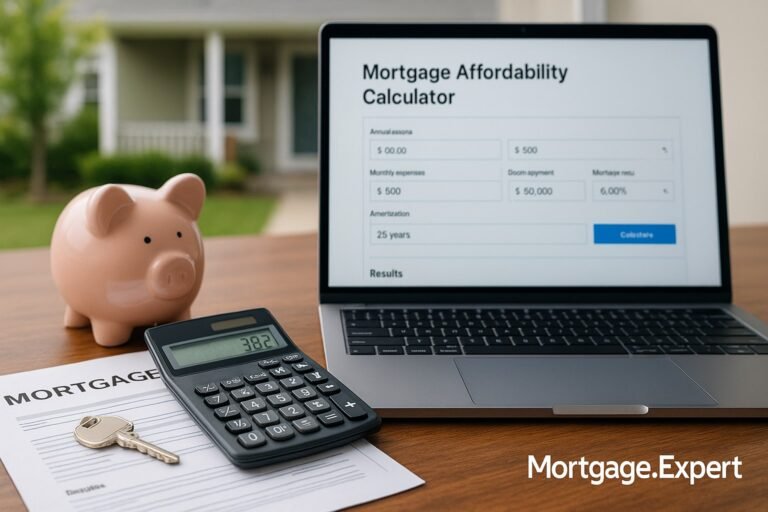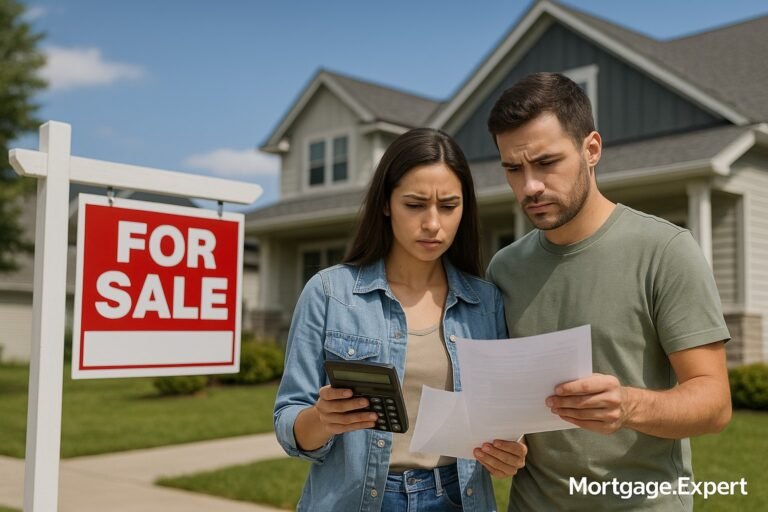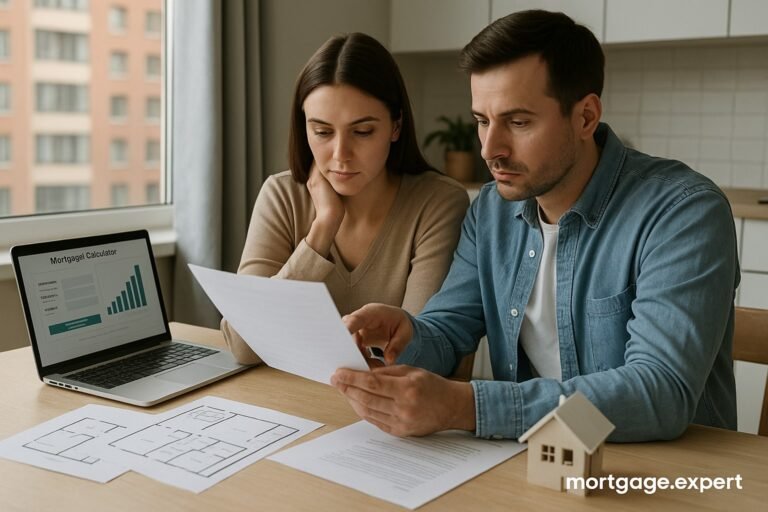
RRSP Home Buyers’ Plan (HBP): A Smart Way to Use Your Retirement Savings to Buy Your First Home
Thinking of using your RRSP to buy your first home? The Home Buyers’ Plan (HBP) lets you tap into your retirement savings without penalties. Here’s how it works—and why it’s smarter than you think.
If you’re planning to buy your first home in Canada, you’ve probably already learned that saving for a down payment is no small feat. With rising housing costs across the country, even a modest starter home can feel out of reach. But what if you could use your own retirement savings—without penalty—to help make that purchase happen?
Thanks to the RRSP Home Buyers’ Plan (HBP), first-time buyers can do just that. It lets you withdraw up to $60,000 from your RRSP tax-free to use toward your home purchase, and if you’re buying with a partner, that’s up to $120,000 combined. Of course, like any government program, there are rules and requirements—but if used wisely, the HBP can make homeownership more affordable.
Here’s everything you need to know about how the HBP works, who qualifies, how to repay it, and whether it’s the right move for your financial plan.
What Is the RRSP Home Buyers’ Plan (HBP)?
The Home Buyers’ Plan is a federal program designed to give first-time homebuyers access to their Registered Retirement Savings Plan (RRSP) for a down payment or other purchase costs. It works like a 15-year interest-free loan from your future self, giving you short-term access to long-term savings.
Normally, RRSP withdrawals are taxable. But under the HBP, you can take out up to $60,000 tax-free, as long as you repay that amount in equal instalments over 15 years. The money can be used to buy or build a qualifying home that you plan to live in as your primary residence.
It’s a strategy that has helped thousands of Canadians get into the housing market—especially when paired with other programs like the First Home Savings Account (FHSA) or GST/HST New Housing Rebate.
Who’s Eligible to Use the HBP?
To use the HBP, you need to be classified as a first-time homebuyer, which in CRA terms means you haven’t owned a home—or lived in one owned by your spouse or partner—during the four years before your withdrawal.
You also must be:
- A Canadian resident from the time of withdrawal through the purchase of the home.
- Planning to live in the home as your principal place of residence within a year.
- Able to provide a written agreement to buy or build the home.
There are a few exceptions. If you’re helping a relative with a disability buy a home, you may be eligible to use the HBP even if you’ve owned a home recently. And if you’ve previously used the HBP and repaid the full balance, you may be allowed to use it again.
How Much Can You Withdraw From Your RRSP?
As of 2024, the maximum you can withdraw under the Home Buyers’ Plan is $60,000 per person. That means couples can use the HBP to access up to $120,000, which can significantly boost your down payment or help cover land transfer taxes, legal fees, or upgrades.
But here’s the catch: RRSP contributions must be in the account for at least 90 days before they’re eligible for withdrawal. So if you’re thinking about using the HBP, plan ahead—last-minute deposits won’t count.
How Does the Withdrawal Process Work?
The process starts by completing Form T1036, which you submit to your RRSP provider. You can make multiple withdrawals, but they must all be done in the same calendar year—or by January of the following year.
Once approved, your provider will issue a T4RSP slip, showing the amount withdrawn under the HBP. You’ll need to report this on your next tax return, but as long as the funds are used as intended, the amount won’t be added to your taxable income.
You must buy or build your home by October 1 of the year following your withdrawal. If you don’t, the CRA may cancel your HBP participation, and the full amount you withdrew could become taxable.
How Do HBP Repayments Work?
Repaying your HBP withdrawal is just as important as taking it out. Normally, repayment begins in the second year after you withdraw the funds, and the total amount must be repaid over 15 years.
But thanks to a temporary rule change, if you withdrew funds under the HBP between January 1, 2022 and December 31, 2025, you now have a 5-year grace period before repayment starts.
Your annual repayment is calculated by dividing the total amount withdrawn by 15. For example, if you used the full $60,000, you’d be required to pay back at least $4,000 per year starting in the sixth year.
You can always repay more than the minimum. Any amount repaid early reduces your future obligations. However, missed repayments are added to your taxable income, so it’s essential to stay on top of your annual contributions.
📋 Example Repayment Schedule: $60,000 Over 15 Years
Here’s how a $60,000 loan or withdrawal (like from the RRSP Home Buyers’ Plan) would be repaid with fixed annual payments over 15 years — assuming no interest:
| 📅 Year | 💸 Annual Repayment | 💼 Balance Remaining |
|---|---|---|
| 1 | $4,000 | $56,000 |
| 2 | $4,000 | $52,000 |
| 3 | $4,000 | $48,000 |
| … | … | … |
| 15 | $4,000 | $0 |
📝 Note: Under Canada’s RRSP Home Buyers’ Plan (HBP), you must start repayment in year 2 and complete it within 15 years. Missed payments are taxed as income.
It’s worth noting that HBP repayments don’t count toward your RRSP contribution limit, and you must designate the repayment clearly when making it—otherwise, it won’t count.
Pros and Cons of the Home Buyers’ Plan
So is the HBP right for you? Like most financial tools, it comes with both advantages and trade-offs.
On the plus side, the HBP gives you early access to your savings with no interest and no immediate tax hit. It can help you boost your down payment, qualify for a better mortgage rate, or even avoid costly CMHC insurance if you get past the 20% threshold.
But there are downsides too. Withdrawing from your RRSP means you lose out on investment growth, which could hurt your retirement savings. And the repayment schedule is strict—if you miss even one payment, you’ll be taxed on that portion.
That’s why it’s important to look at your full financial picture before making the move.
HBP vs TFSA vs FHSA: What’s the Best Way to Save?
Today’s first-time buyers have more tools than ever. So how does the HBP stack up against a Tax-Free Savings Account (TFSA) or First Home Savings Account (FHSA)?
Here’s a quick breakdown:
- The HBP gives you access to up to $60,000 of your RRSP for a home purchase, but you must repay it over 15 years.
- The TFSA lets you withdraw funds anytime, tax-free, with no repayment required, but it doesn’t offer any upfront tax deductions.
- The FHSA combines the benefits of both—tax-deductible contributions and tax-free withdrawals, with a lifetime contribution limit of $40,000. And there’s no repayment if used for a first home.
In reality, using a mix of all three is often the best strategy. Your TFSA offers flexibility, your FHSA offers tax efficiency, and your RRSP gives you that powerful top-up via the HBP.

What Happens If Plans Change?
Life doesn’t always follow the script. If you don’t end up buying or building a qualifying home, or you move abroad before doing so, you may need to cancel your HBP participation.
In some cases—like a relationship breakdown where you no longer move into the home—you may qualify for an exception. But if you don’t cancel properly and the purchase falls through, the entire withdrawn amount becomes taxable.
That’s why it’s crucial to meet the CRA’s deadlines—or speak with a financial advisor if anything changes.
Other Programs First-Time Buyers Should Know About
The HBP isn’t the only support available to you. Here are a few others that could help:
- The Home Buyers’ Tax Credit, which gives you a $1,500 tax refund
- The GST/HST New Housing Rebate, which refunds part of the tax paid on new construction
- The First Home Savings Account, offering up to $40,000 in tax-deductible, tax-free savings
- Local and provincial programs, including land transfer tax rebates or down payment assistance grants
You can use many of these programs together, giving you a bigger budget to work with and increasing your chances of mortgage approval.
Final Thoughts: Should You Use the HBP?
The Home Buyers’ Plan can be a powerful tool—especially if you’ve been diligently saving in your RRSP and need that final push to afford your first home. It’s a great way to borrow from your future self, but only if you can stay on track with repayment and aren’t compromising your long-term retirement goals.
In today’s housing market, every dollar helps. If you’re not sure whether the HBP fits your situation, speak to a licensed mortgage advisor who can help you run the numbers, consider alternative programs, and design a mortgage strategy tailored to your goals.
To know various Home Buyers’ Plan. Click Here
Stuck with a Mortgage Decision?
Don’t stress — our team is here to help. Reach out for free, no-obligation guidance.
Contact the Experts